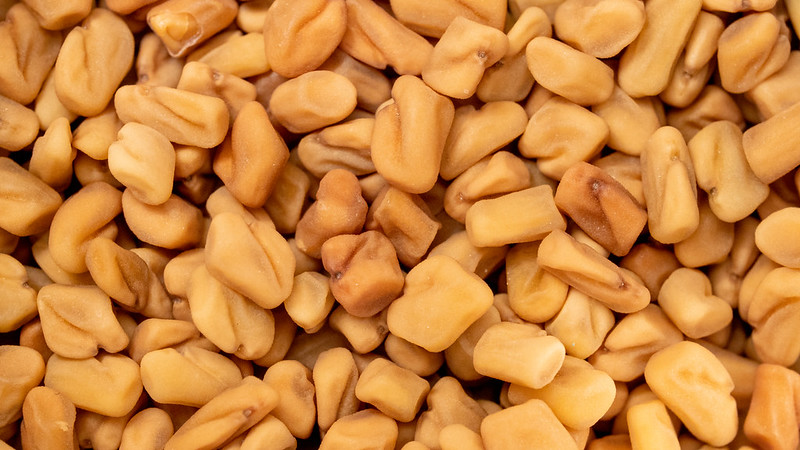Ginger for Lungs is no less than a Cleanser!
Ginger brings an aromatic punch of flavor to curries, rice, and savory Indian foods. Taken from the root of zingiber officinale, the spicy root can boost your lung health.
In fact, during COVID-19, ginger tea was one of the highly recommended herbs to steer clear of lungs with infection and inflammation.
That’s why your grandmom always suggests taking ginger tea when having a cold, cough, or flu.
The wonders of this amazing herb don’t end here, rather it has anti-cancerous and heart-protective properties.
Why Is It Important to Cleanse Your Lungs?
You may not consider eating lung-cleansing foods unless you experience a breathing problem, or you want to quit smoking. But, after the pandemic, we all understand the functional significance of the lungs—supplying oxygen and removing deadly carbon dioxide from the body.
On top of it, Dr. Melinda Ratini on WebMD suggests that we breathe at least 20 times a minute. Thus, for the proper functioning of the lungs, the airways must be free from blockages, swelling, or inflammations.
So, you must add foods to your diet that are good for lung health. In case you stopped smoking recently, a ginger detox drink will help you remove toxins from your lungs. Moreover, by including lung-healthy foods in your diet, you can prevent breathing issues and other respiratory diseases.
And because ginger for lungs is one of the most effective and best lung cleansing food, let’s explore how it protects and cleanse lungs:
1. Treats BPD in Premature Infants
BPD (bronchopulmonary dysplasia) is a chronic lung disorder in premature babies, leading to long-term breathing issues. Ginger for the lungs reduces the symptoms of BPD.
A 2018 rat study published in the Turkish Journal of Medical Sciences conducted on rat pups exposed to inflammation and hyperoxia found ginger to reduce lung damage and protect lungs. The study further suggests ginger be an alternative option to treat BPD in premature infants.
2. Treats Cold
If you have a cold and flu-related infection, having ginger tea regularly can clear out the lungs. Ginger tea acts as a lung cleansing tea with anti-inflammatory properties. It works by speeding up the recovery process of respiratory infections and reducing the excess mucus clogging bronchial tubes.
Apart from treating lung infections, ginger also contains minerals and vitamins such as magnesium, beta-carotene, zinc, and potassium. Combined with antioxidants present in ginger, the root turns out to be a potent immunity booster shot for your body.
3. Cures Asthma
Ginger can significantly lower the symptoms of asthma. Research on the medicinal properties of ginger root revealed that it reduces the symptoms of asthma and other breathing ailments.
A few clinical trials on asthmatic mice and on bronchial smooth muscle cells found ginger to block out critical inflammatory pathways in asthmatic patients causing reduce inflammation and relaxing the smooth muscles of airways.
4. Prevents Lung Cancer
Ginger for the lungs not only helps in repairing lung damage but it also reduces the risk of lung cancer.
In earlier laboratory studies of Dr. Shengmin Sang, Ph.D., assistant professor in the Human Nutrition Research Program in Carolina, a compound ‘6-shogaol’ was isolated from dried ginger. It inhibited the growth of human cancer cells and caused cell death. The study is still ongoing, especially on the effect of shogaol on cancer cells.
Moreover, a few other clinical studies have found ginger’s anti-inflammatory effect to inhibit the growth of cancer cells in the lungs.
How does Ginger tea help the lungs?
Ginger tea is a popular lung cleansing drink that has antiviral, anti-inflammatory, and antibacterial properties. Not only that, it helps reduce the risk of cardiovascular diseases.
If you are preparing a ginger tea drink for smokers, we recommend preparing a tea containing turmeric, onion, and ginger. The trio helps remove nicotine from the lungs. Where ginger has anti-cancerous properties, onion has immune-boosting properties to treat lung infections. And turmeric is a good source of curcumin to cure inflammation and prevent lung cancer.
Final Verdict
Ginger, the wobbly root with pungent flavor, is full of beneficial properties for the lungs.
You can either have raw ginger for your lungs on an empty stomach for quick relief from respiratory issues or take a hot cup of ginger tea to relish its lung-cleansing benefits.


























